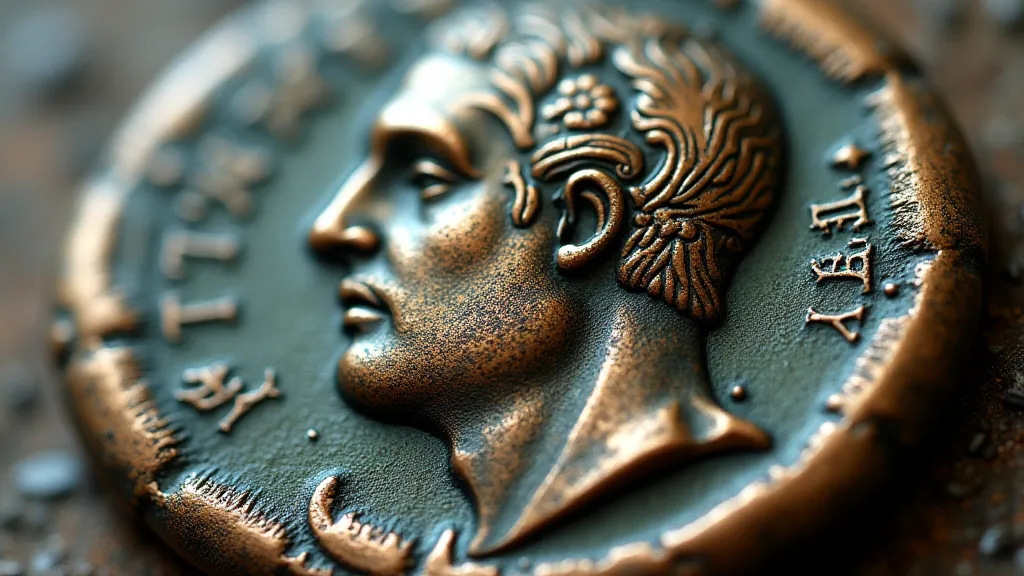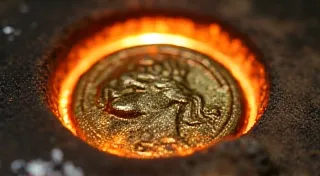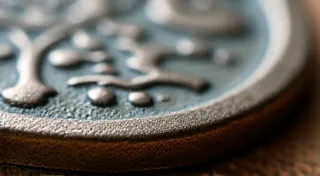The Role of Roman Coins in Trade and Economy
The Roman Empire, spanning centuries and encompassing vast territories, left an indelible mark on history. While their military prowess and political structures are often highlighted, the crucial role of Roman coins in facilitating trade and driving the economy is often overlooked. Understanding their significance provides a fascinating window into the workings of the ancient world and the foundations of modern monetary systems.
From Barter to Coinage: A Necessary Evolution
Early Roman society, like many ancient civilizations, initially relied on barter for trade. However, as Rome expanded and its population grew, the limitations of barter became increasingly apparent. The sheer volume of goods and services required for a complex economy necessitated a standardized medium of exchange. The introduction of Roman coinage, beginning with bronze pieces during the Roman Republic, revolutionized commerce. These coins, initially depicting Roman deities and symbols, provided a universally accepted form of payment, simplifying transactions and fostering economic growth.

Standardization and Trust: The Keys to Success
The success of Roman coinage wasn't solely due to its existence, but also its standardization. The consistent weight and metallic content (initially silver, then bronze, and eventually devaluations occurred) of Roman coins inspired confidence among traders and consumers. This trust was carefully maintained through government oversight, establishing a system where the state guaranteed the value of the currency. The ubiquity of these coins meant that a farmer in Gaul could accept a coin paid by a merchant in Egypt, knowing its inherent worth.
Facilitating Long-Distance Trade
Roman roads, famed for their engineering prowess, were integral to the Empire's economic success. They weren't just pathways for armies; they were arteries of commerce. Roman coins flowed along these roads, enabling the efficient movement of goods between regions. Consider the complexities of transporting grain from North Africa to Rome – coins facilitated this trade, allowing merchants to profit and providing sustenance to the vast Roman population. The standardization made managing long-distance trade much easier.
The Impact on Regional Economies
The introduction and widespread use of Roman coinage impacted regional economies profoundly. It encouraged specialization of labor – regions could focus on producing goods they were best suited for, knowing they could easily exchange them for other necessities. This specialization led to increased productivity and economic growth throughout the Empire.

Coinage as a Propaganda Tool
Beyond its economic role, Roman coinage served as a powerful propaganda tool. Emperors frequently featured their likenesses on coins, broadcasting their image and projecting an image of strength and stability throughout the Empire. Important events, victories in battle, and imperial building projects were also commemorated on coinage, further solidifying the emperor's authority and disseminating imperial messaging to the masses. These images were spread quickly and widely across the vast empire.
Devaluation and its Consequences
Like all currencies, Roman coinage was not immune to economic pressures. Over time, emperors frequently resorted to debasement – reducing the precious metal content of the coins while maintaining their face value. While this initially provided short-term financial relief, it ultimately eroded trust in the currency, contributed to inflation, and destabilized the economy. The long-term effects of this debasement were significant.

Lessons for Today
The history of Roman coinage offers valuable lessons for modern economies. It demonstrates the importance of a stable currency, the value of trust in a monetary system, and the dangers of short-sighted policies that prioritize immediate gains over long-term stability. Even those interested in creating coin replicas can gain a greater appreciation for the historical context and economic significance of these artifacts.





